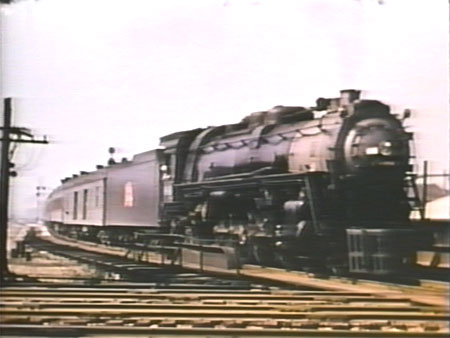
In the Spring 2009 issue of Classic Trains, Hal Lewis presents photos from his “Spring Break” trip to Chicago in 1950. One of his stops was Englewood Union Station, where trains of the Pennsy, NYC, Rock Island, and Nickel Plate mingled. Here, from the Herron Rail Video [www.herronrail.com] program “Glory Machines, Vol. 3,” are some […]
Read More…
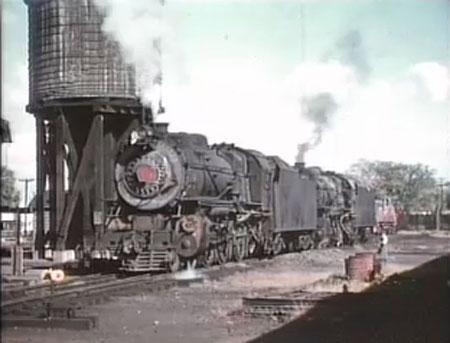
In the Spring 2009 issue of Classic Trains, a retired stationmaster looks back at his career with the Long Island Rail Road. Here, from the Herron Rail Video [www.herronrail.com] program “Pennsylvania Glory, Vol. 1,” are some scenes filmed by Benjamin T. Young of LIRR steam in action. […]
Read More…
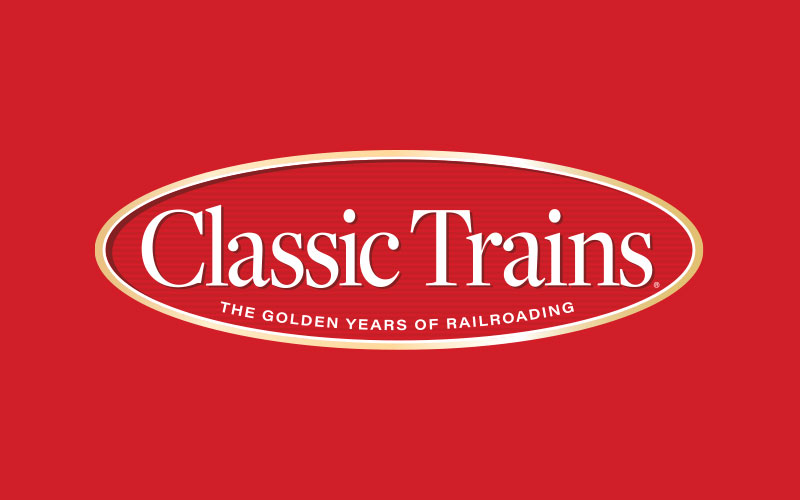
50 years ago in railroad history … A supplement to the Classic Trains Online Look Back e-mail newsletter Pullman car Ferdinand Magellan, modified to haul the President of the United States in 1942 and in POTUS ever since, is donated to the Florida Development Commission for display at the University of Miami; it later moved […]
Read More…

A window in Thrums By Steven Duff Thrums is a name that somehow resonates above most others, a name, as we say these days, that has Attitude. It is a Scottish word, immortalized in Sir James Barrie’s novel, A Window in Thrums, and is perpetuated in Canada by a small town in British Columbia. In […]
Read More…

Rock Island buys GM’s two Aerotrains for suburban service out of Chicago, where they join RI’s own Jet Rocket Talgo train, powered by an Aerotrain-style locomotive. . . . Illinois Central buys eight sleeping cars (four 10-5’s, four 4-4-2’s) from New York Central for City of Miami service. . . . Pullman-Standard’s first 85-foot flatcar […]
Read More…
In his article “One Day at . . . Sanford, Fla.” in the Winter 2008 issue of Classic Trains, author George Hamlin presents his photos of the northbound Auto-Train and Amtrak’s northbound Champion. Here are the consists for those trains. Amtrak No. 88, the Champion, at Sanford, Fla., on November 15, 1975: SDP40F 641; baggage […]
Read More…
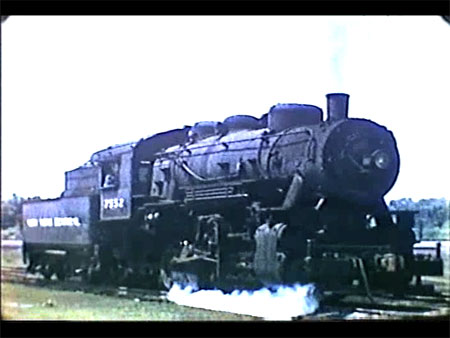
In his article “Boyhood Fascination with New York Central Steam” in the Winter 2008 issue of Classic Trains, author Fred Furminger recalls the mid-1950s when he, as a bike-riding teenager in Buffalo, photographed the final years of steam on NYC’s Michigan Central. Here’s a sampling of the 8mm movies he took then, including his homemade […]
Read More…
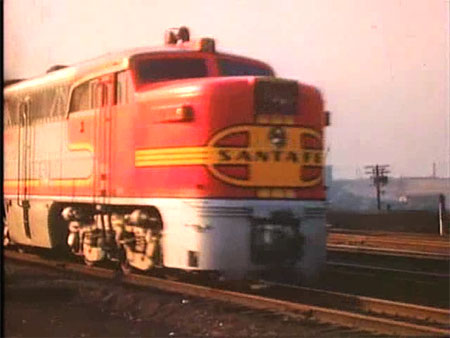
In his article “The First PA’s” in the Winter 2008 issue of Classic Trains, author Peter A. Hansen examines Alco’s first postwar passenger diesels, Santa Fe Nos. 51L, 51A, and 51B. Here are scenes of Santa Fe PA’s in action from Herron Rail Video’s DVD program “Glory Machines, Vol. 5.” […]
Read More…

As of October 1, 1958, Class I railroads own or lease 27,622 diesel locomotives, 1,532 steam locomotives, and 559 electrics. . . . Atlantic Coast Line and Seaboard Air Line are mulling a merger. . . . New York Central unveils a system for transporting ballistic missiles in conventional 70-foot baggage cars. . . . […]
Read More…

New Jersey challenges the constitutionality of the Transportation Act of 1958, under whose provisions the Erie and New York Central seek to discontinue their Hudson River ferry service. . . . Reading Company completes a $500,000 upgrade at its Port Richmond Marine Terminal on the Delaware River in Philadelphia; new ore-unloading machinery nearly doubles the […]
Read More…





